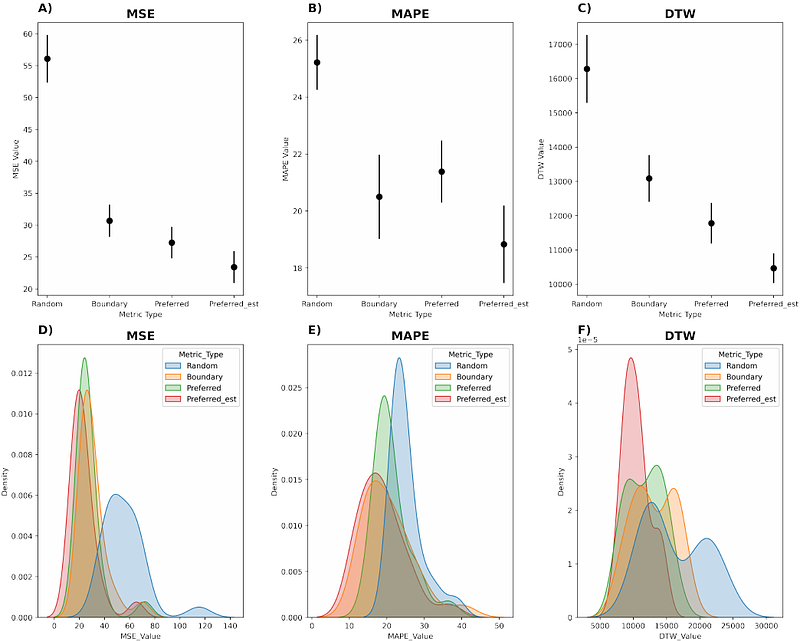Thermal Dynamics of Ectotherm Behavioral Strategies: Insights from Agent-Based Simulations

Thermal Dynamics of Ectotherm Behavioral Strategies: Insights from Agent-Based Simulations
Remington, M.; Clark, R. W.; Hanscom, R. J.; Higham, T. E.; Sukumaran, J.
AbstractTerrestrial ectotherms use dynamic behavioral thermoregulation strategies that typically rely on finding thermal refugia to avoid unfavorable conditions. Traditional analytic approaches rely on analysis of thermal indices to describe thermal conditions organisms may or may not choose, though computational simulations could potentially be used to analyze thermoregulatory behavior explicitly. Here, we leverage a novel simulation framework that integrates data from operative thermal models deployed in microhabitats available to ectotherms to showcase the trade-offs be- tween two basic thermoregulatory strategies: maintaining a thermal optimum point or attempting to keep their body temperature within a preferred thermal range. We assess the output from simulations of these behavioral strategies to understand their influence on body temperature regulation and occupancy of thermal refugia, and then compare our findings from an empirical case study. Results from our analysis suggest that these two general strategies do not impact thermoregulation as strongly as previously assumed. We also found that occupancy of thermal refugia appeared to be driven by environmental conditions rather than the thermoregulation strategy. Although our case study showed promise in providing insights into predicting use of thermal refugia, understanding microhabitat occupancy from thermal data alone may require finer scale temporal data, or the integration of other factors such as foraging dynamics or predation avoidance.